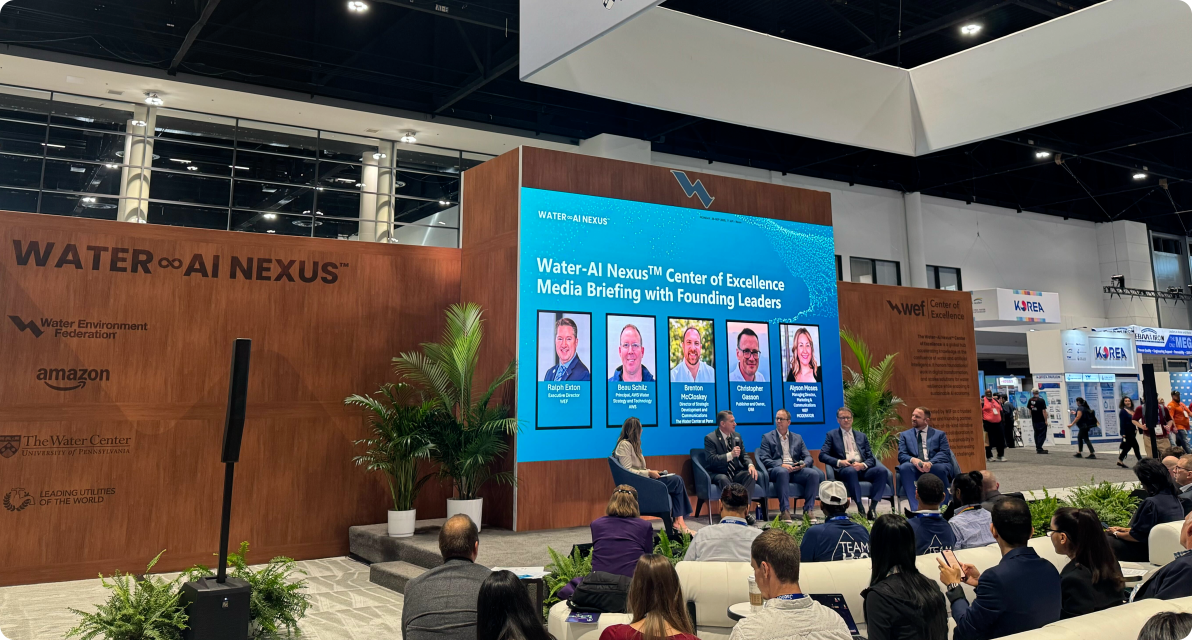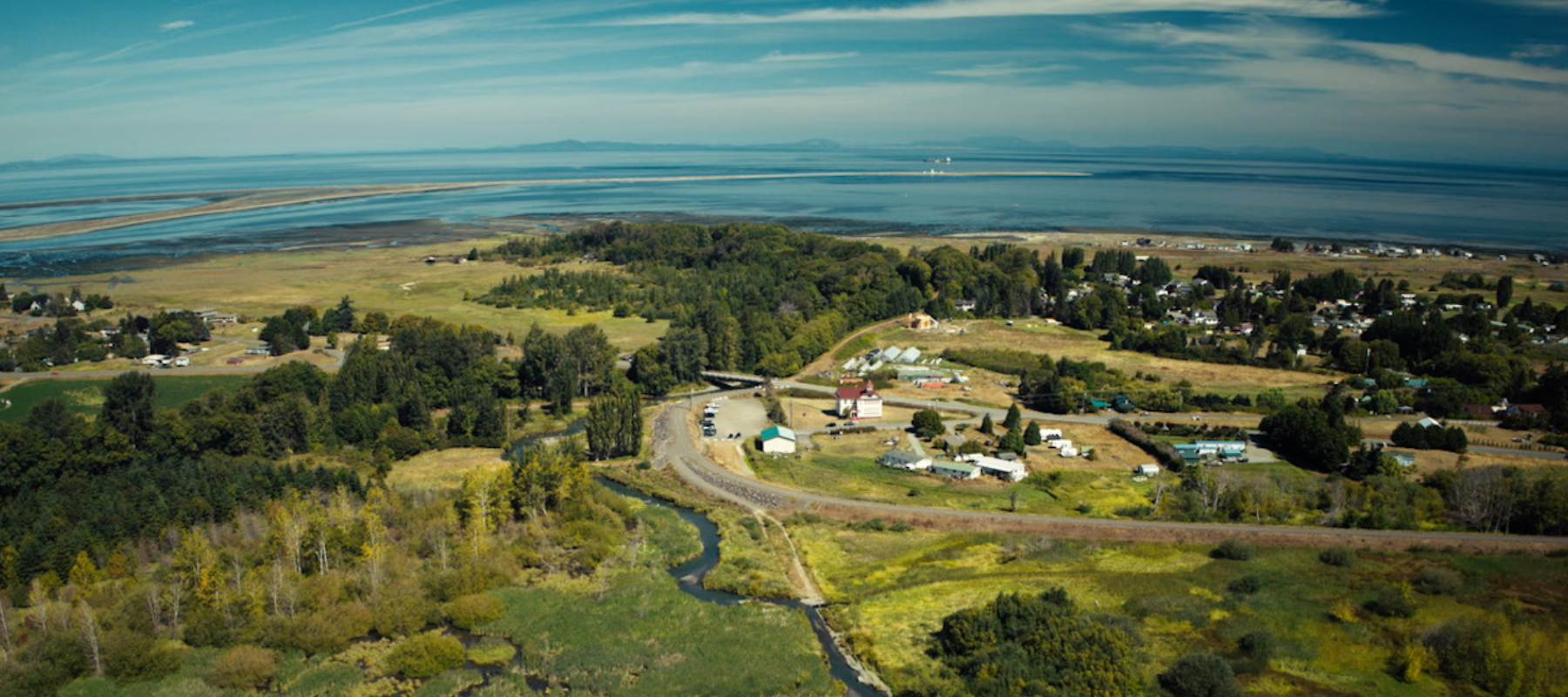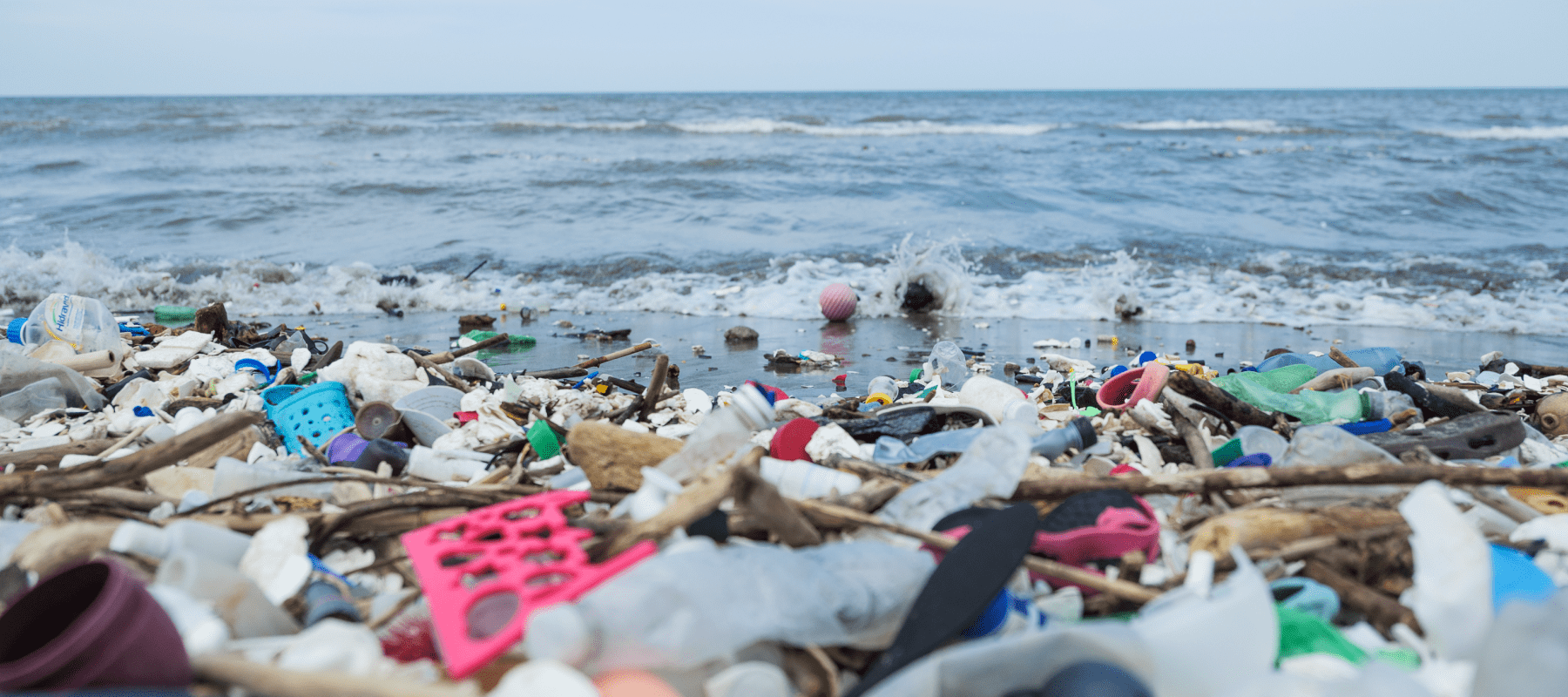AI data centers—the physical backbone of our digital economy—require significant cooling to manage the heat that powerful processing chips generate. When it comes to cooling these systems, companies face a fundamental choice: use more electricity for air conditioning or use water during hot periods. While local climate conditions and designs can vary, evaporative cooling systems can reduce operational energy use between 25% and 35% during peak summer periods, minimizing impacts on regional power grids.1
Amazon Web Services’ (AWS) approach to this challenge is a context-specific balancing act. In cooler climates like Ohio, water cooling is only necessary for 3% of the year. But in water-stressed regions like Cape Town, South Africa or Queretaro, Mexico, AWS has made the deliberate decision to avoid using water for evaporative cooling.
“Technology is moving very, very rapidly,” Water Environment Federation Executive Director Ralph Exton said during the Water-AI NexusTM opening session at WEFTEC, “and AI can be a very powerful tool, but it’s also about how we can use AI in a way that we’re looking after the environment.”
Amazon is committed to being a good water steward, and as part of this commitment we have a goal for our data center operations to be water positive by 2030. A key metric to understand data center water use is water use efficiency (WUE). In 2024, the number was 0.15 liters per kilowatt hour of IT load on average—compared to an industry average of 0.36—a 40% improvement since 2021.
The relationship between AI and water may become more symbiotic. Water industry experts are optimistic AI can help improve water management through predictive analytics, real-time monitoring, and infrastructure optimization. Over 2 trillion gallons of water are lost each year in U.S. utilities systems, according to Bluefield Research, but AI can enable us to find and eliminate water wastage and better utilize existing infrastructure.
As AI becomes more integrated into our daily lives, decisions about how we build and cool data centers take on greater significance. The insight report “Principles For Sustainable Water Use By Data Centers” published by the Water-AI NexusTM outlines four principles for water sustainability in data centers.
Watch the video above to discover more about the relationship between data centers, AI, and water.
To learn more about Amazon's commitment to nature, visit our water stewardship page. Sign up for our newsletter to get Amazon sustainability updates sent directly to your inbox.
1Results vary by location and climate condition.




